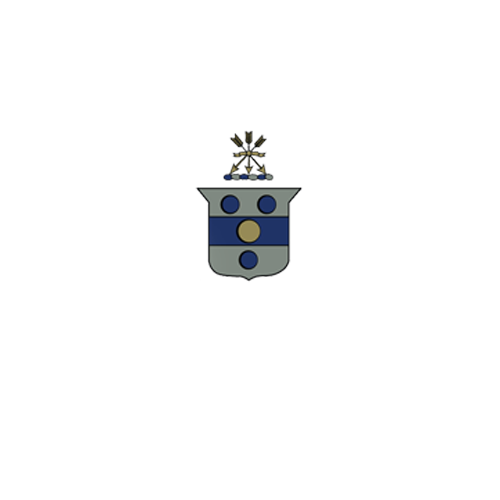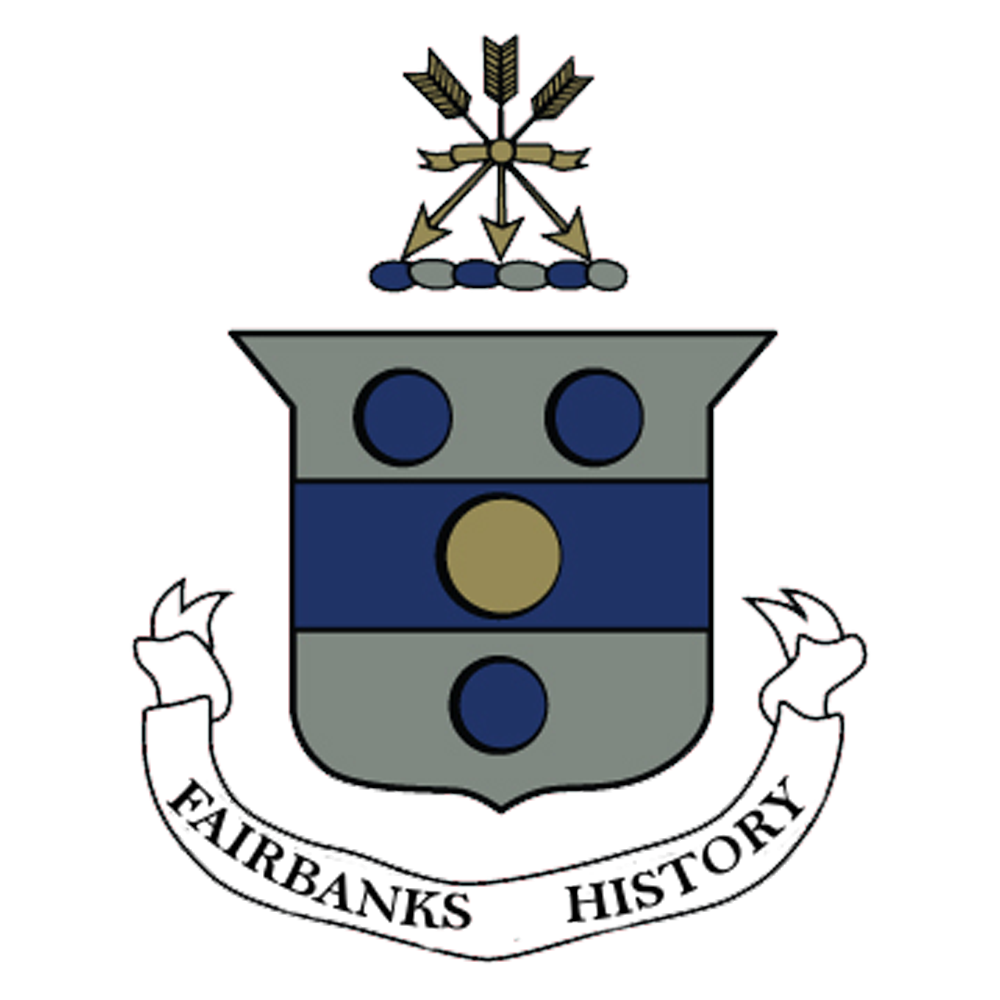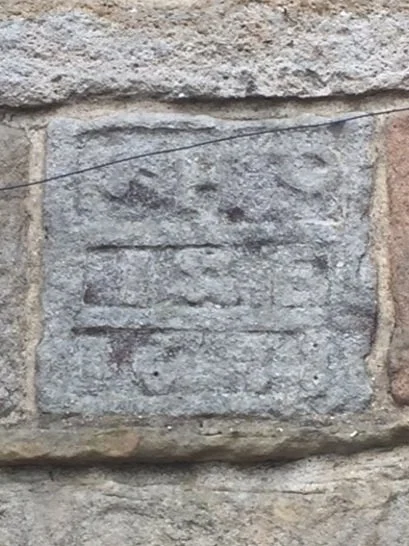The Will of John Fairbank, Father of Jonathan, the Emigrant, and Its Impact
John Fairbank, Father of the Emigrant, Jonathan Fairbanks
John Fairbank was likely born in Sowerby, but christened in Halifax. His father was George Fairbank [Sr.] of Sowerby, who inherited the Fairbank land in the Ryburn River bottoms from his father Gilbert Fairbank. John of our line was the brother of George Jr. Fairbank who then inherited the Fairbanks land.
John married three times. Two wives had untimely deaths. The exact name of the first wife is unknown. The second, Isabella (Staincliffe) Fairbank, was likely the mother of Jonathan Fairbanks, the emigrant. The third wife was Ellen (Parker) Fairbank. During his lifetime, John lived in Sowerby, Skircoat, Carlton-in-Craven, and Thornton-in-Craven.
Jonathan could have been the son of either the first or second wife. That would place his birth between 1592, two years after the first wife’s last child, and 1597 when Isabelle, the second wife, died in Skircoat. John and Isabella were married in Halifax in 1593.
Susan, the daughter of Isabelle and John, was born in 1595. Therefore, Jonathon would probably be born in 1593 or 1597. It is well known that childbirth was one of the major causes of death of women during this time. If Jonathan was born in 1597, his mother may have died during his birth. Either the first or second wife could have died at childbirth when Jonathan was born.
Regardless of Jonathan’s birth date, it appears that Jonathan was the only child of John Fairbank who was not christened. All other christening records have been located. Some believe that John placed his son, Jonathan and maybe his daughter, Susan, with other relatives in Sowerby.
The next record we have of Jonathan, he is residing in Warley in 1617, at the time of his marriage to Grace (Smith) Fairbanks, according to their marriage registry at St. John’s Church in Halifax. His father, his third wife, Ellen (Parker), and their family were in Carlton-in-Craven or Thornton-in-Craven at that time. Jonathan’s half-brothers by the first marriage, John and George, were also buying land in the Craven area.
Records show that John Fairbank married Ellen Parker in Burnley in 1598. They sold land in Skircoat in 1599. Jeremy Fairbank their sixth child was born in Carlton-in-Craven in 1608. George and Margaret Parker, believed to be Ellen (Parker) Fairbank’s parents, sold land to John Fairbank in the Haigh (Hague) and Thornton-in-Craven area. About this time John sold his land and house in Carlton-in-Craven.
Jonathan Fairbanks, the son and emigrant, remained in Halifax Parish area and moved his family from Sowerby to Skircoat and back to Sowerby between 1617 and 1624.
During March of 1625, the Plague was rampant in London and spreading to other areas of England. It seems a coincidence that John Fairbank, about 65 years old, wrote his will on August 4, 1625, in Thornton-in-Craven. He was buried at St. Mary The Virgin Church in Thornton-in-Craven on August 7, 1625. Perhaps he too died of the Plague. The records show 40,000 Londoners died as did an untold number of others around England. Thanks to Bob Abel, President of Earby and District History Society, for research of the church records for this information.
John Fairbank died in 1625. A grandson, Jonas was born to Jonathan Fairbanks in Sowerby in 1624 a year earlier.. We don’t know what the relationship was between the father, John, and his son, Jonathan. Jonathan was about twenty-two to thirty-eight years old. He was named in his father’s will, but their relationship remains a mystery. Susan Fairbank, Jonathan’s sister by the second marriage, was thirty years old and possibly deceased. She was not named in the will.
The Will of John Fairbank of Thaigh (Hague), Thornton-in-Craven
Three days before John Fairbank was buried, he made his will. He was said to be of Thaigh, which is now called the Hague. He was described as “weak and imbecilitie of body” (imbecility means weakness or feebleness). However, he was said to be of “good and perfect memorie.”
John named his wife, Ellen (Parker) Fairbank, as executor of his will. The witnesses were John Blakoy, Lawrence Hartley, and William Illingworth. John Blakoy was a prevalent name in the area. The Hartley family were also prevalent in Thonton-in-Craven and Sowerby areas. A Richard Hartley who resided in Stansfield, West Yorkshire, England, later, made a covenant or contracted with Jonathan, the son and emigrant, between 1653 and 1658, to assist Richard with his merchant business in Dedham, Massachusetts Bay Colony. Even after Richard Hartley moved the bulk of his business to New London in the Colony, Jonathan received a letter from him in 1658 regarding running his business in Dedham in Richard’s absence. William Illingworth is probably the ancestor of the woman who now owns and lives in the Middle Hague Farmhouse and Cottage.
John Fairbank is described as a yeoman, a man of some wealth that has invested in land. In his will, he professes his love of God, as was typical at that time. John asks to be buried at St. Mary The Virgin Church at Thornton-in-Craven. He directed that his debts to be paid out of his estate.
After John’s debts were paid, his remaining goods were divided into three parts (note: his lands were already dispersed before the will was made). The first part of his remaining goods belonged to himself. He would direct its use. The second part would go to his wife. At that time, it was common to give the wife one-third of the estate. The third part was be shared among Jonathan Fairbanks, the son by the second marriage age about 33 and Marie, Suzanna and Abigail Fairbank, minor daughters of the third marriage.
Out of the third part, Sarah Crook, his granddaughter by a deceased daughter of his third wife, was to receive forty pounds when she became twenty-one years old. Ellen, the wife, was to see to the education and rearing of Sarah, the granddaughter. John continues to say if Sarah dies before the age of twenty-one, the forty pounds should be divided equally between Marie, Susanne, and Abigail, his daughters. Ellen likewise was responsible for the education and rearing of these daughters until they reached twenty-one years.
Lastly, John, the father, names George Fairbank, his son by his first marriage, Michael and Jeremie Fairbank, sons of his third wife. They were to receive no inheritance of his goods, because he has arranged for them to have land prior to his death.
This leaves two questions. Why was John Fairbank, the first son born to John, not mentioned with the other sons? John, the son, was primogeniture, first son, the one who typically received the bulk of the father’s land. John was alive and well as indicated by purchase of land and a messuage in Thaigh (the Hague). It is possible that there was an understanding of the land he already received. Land was often handled before a will was written for tax purposes.
The second question is why Jonathan Fairbanks was not preferred with land and only given a daughter’s portion in the will. Jonathan was younger than John or George, his half-brothers by the first marriage. He was older by about nine years than Michael and seventeen years older than Jeremy. If Jonathan was estranged from his father at an early age, it is interesting that he was named in the will at this time.
There could be another factor. In 1612, there was a land transaction between George and Margaret Parker, for a messuage (large house) and land in the Haigh and Thornton-in-Craven. It is possible that the land that Michael and Jeremy received was land which was to be transferred to the direct descendants of the Parker family.
Will for John Fairbancke par. Thornton in Craven (Nov 3. 1625), vol.39, fol. 261, at the Borthwick Institute of Historical Research at the University of York or in the work by Ruth Fairbank Joseph: see bibliography.
How Might John Fairbank’s Will Influence
Decisions Made by Jonathan, His Son
Although John Fairbank was very generous in seeing to the rearing and education of his daughters at that time. It was unusual for a son to receive an inheritance equal to the daughters and not equal to the other sons. This could be construed as an insult. Jonathan could have felt more alienated from his father and siblings, particularly the half-brothers.
Land was very difficult to buy in 1600 England. Jonathan didn’t appear to have the means to buy land, and now, did not inherit land from his father. Perhaps, that was one reason Jonathan prepared to leave England for the touted promises made by pamphlets and conversations about the available free land in the the New World.
Perhaps John, the father, knew Jonathan planned to go to the New World. Thus he gave all of his land to the sons who remained in the area. Conceivably, the portion of the will that Jonathan received could have helped finance his family’s voyage to the New World and possibly provided enough to build a grand house in Dedham, Massachusetts.
These are all speculations. It is not clear, the amount that Jonathan received in his father’s will. It is interesting to compare the will of his father and Jonathan’s own will of 1668.
Next Up
Northwest of Thornton-in-Craven is the large town Kendal, Westmoreland, England, on the edge of the Lake District of Northern England. A short distance from Kendal there is a small town, Ings, along the River Gowan, a tributary to the River Kent. The Fairbank name is believed to originate in this area. In the next blog we will see the 1100s beam in one of the Fairbank farmhouses and meet the welcoming people that preserved these lands today.








